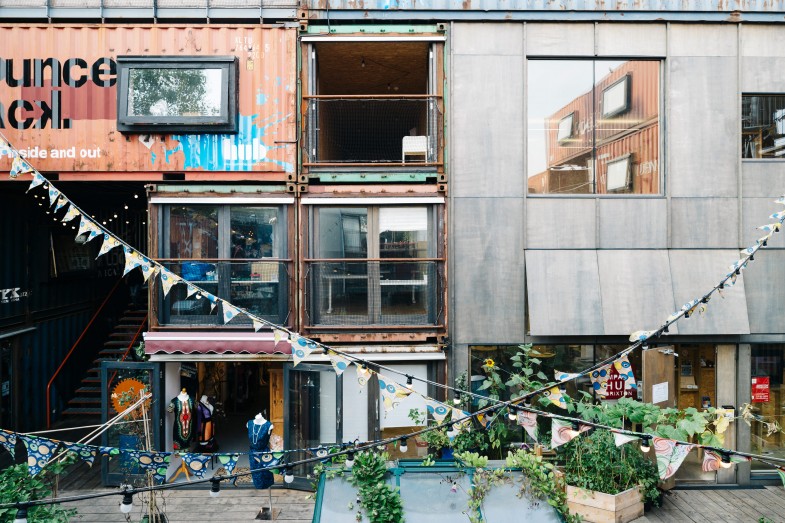Don’t fight the gentrification of areas like Brixton, it’s time to give in to the local Gail’s

Nimbys exist in central London as well, and they’re trying to stop the inevitable gentrification of Brixton, writes Ben Cope.
Imagine a Nimby, the villain of the anti-housing brigade. Who do you see? If you’re like me, they’re old, white, rural and affluent. They bemoan overcrowded public services and the loss of green spaces. They are the people Michael Gove targeted yesterday in his housing speech when he announced plans to build more in Cambridge.
But Nimbys can be urban creatures too, and they look a little different. Last week, the development of the Hondo Tower in Brixton was thwarted after the developer withdrew their application after campaigners argued that the tower would gentrify the area, failing to protect the needs of the disadvantaged, multiethnic community against yuppie sprawl.
Although the concerns of urban Nimbys are more endearing than their landed counterparts, they too must be rejected. Soaring London house prices means it’s unrealistic to expect well-connected, central locations like Brixton not to cater to more monied residents over time. Every effort must be made to support those who are displaced, but “gentrifying” development projects should go ahead.
The urban playbook takes inspiration from its countryside cousins. Originally submitting a planning application in 2019, the Hondo Tower was beset with delays. Two public consultations, four separate planning proposals, and nearly 4,000 pages of documents later, and the tower was no closer to being built. Trapped in a Sisyphean nightmare, the developer gave up.
The campaigners’ motivations, however, were intriguing. Dubbed “The Battle for Brixton”, locals claimed the development – consisting of upmarket shops and offices – would “exacerbate gentrification, displacing local market traders for office workers and expensive shops.” The argument went that a sea of Prets and All Bar Ones would force veteran local businesses to shut up shop, while driving up rents in the multiethnic area.
Although these fears may have been grounded, opposing the Hondo Tower and developments like it was the wrong call. The land value in Brixton has exploded in recent years owing to its Zone 2 location and well-connected tube station. The average house price in the wider borough of Lambeth is approaching £550,000, up nearly 50 per cent in 10 years. As campaigners noted, these rises have steadily driven the traditional community of Windrush-descendants out of the area as they’re replaced by young professionals. Opposing the Hondo Tower will do nothing to reverse these underlying trends, but it will deny Brixton’s new residents the opportunity to remake the area as they wish, just like the generation before them did.
Gentrification has a bad name. The guilty secret of the upwardly mobile hoping for reduced crime and appreciating assets, it’s characterised as a process where poorer, urban communities are torn apart for the benefit of the rich. Even if it’s inevitable, that doesn’t stop it hurting. In the 1980s and 90s, the London Docklands Development Corporation transformed East London into what is now a global financial hub. But this opulence did little to console the former inhabitants of dockland slums who were forcibly moved into soulless tower blocks, many of whom would have happily forsaken material comforts for their old communities.
People who mock those resistant to prosperity would do better to channel their energies into supporting communities through this change. Maybe then they would support the growth and development this city so badly needs.
